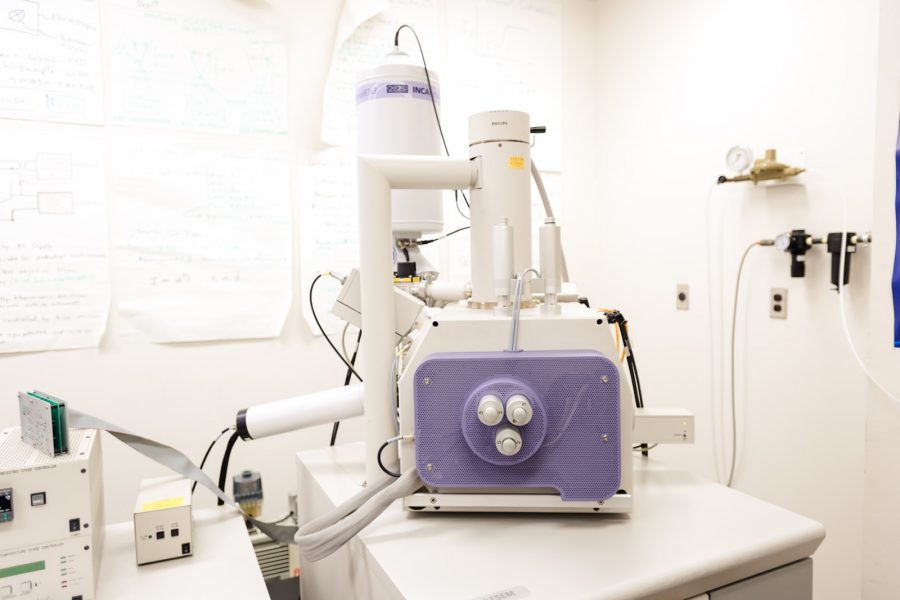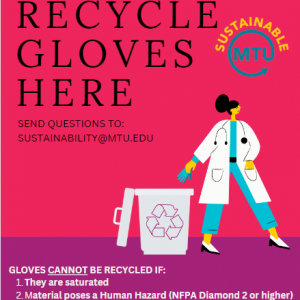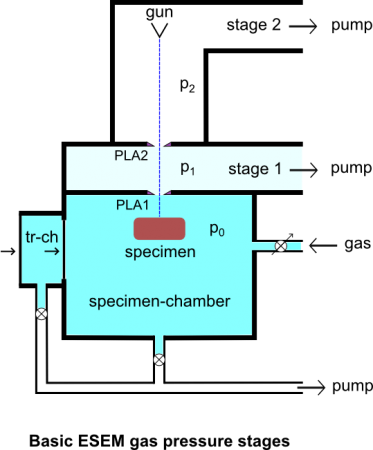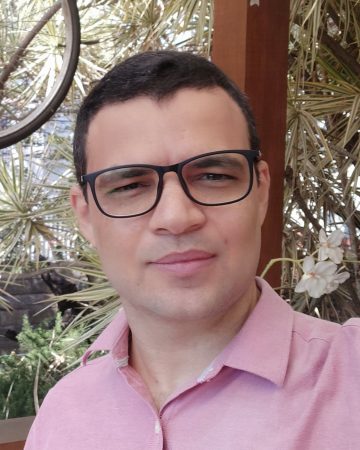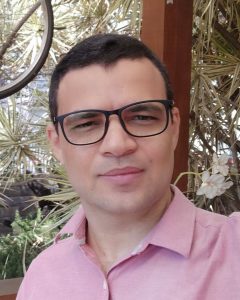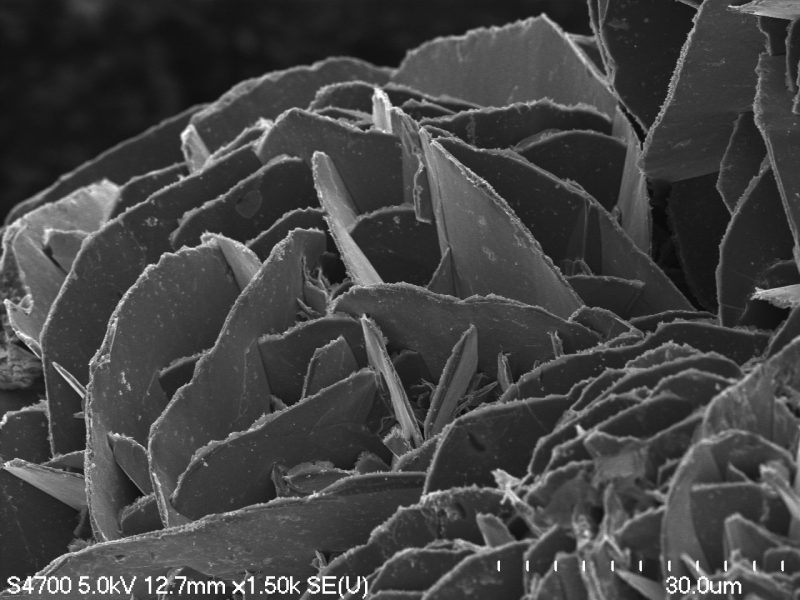
We at ACMAL are excited to announce that we are in the process of updating our micrograph posters.
We would greatly appreciate your valuable contributions to make them even more captivating. Though the initial focus is on electron images, we are also open to including other types of images, such as EDS/EBSD maps, that demonstrate the diverse range of analytical techniques available in our lab.
If you have captured any remarkable micrographs that you believe would be suitable for inclusion on our posters, we kindly invite you to share them with us. Your contributions will not only showcase your expertise but also contribute to the overall excellence of our collection.
To streamline the submission process, we have created an online form where you can easily upload your micrographs.
We are eager to feature a diverse range of micrographs, highlighting the advancements and discoveries within the field of electron optics. Your submissions will help us showcase the remarkable work being done by our community.
Thank you in advance for your participation and for sharing your impressive micrographs. If you have any questions or require further assistance, please do not hesitate to reach out.
